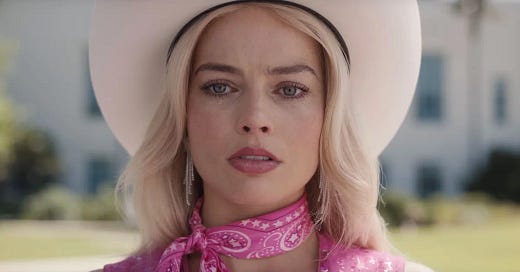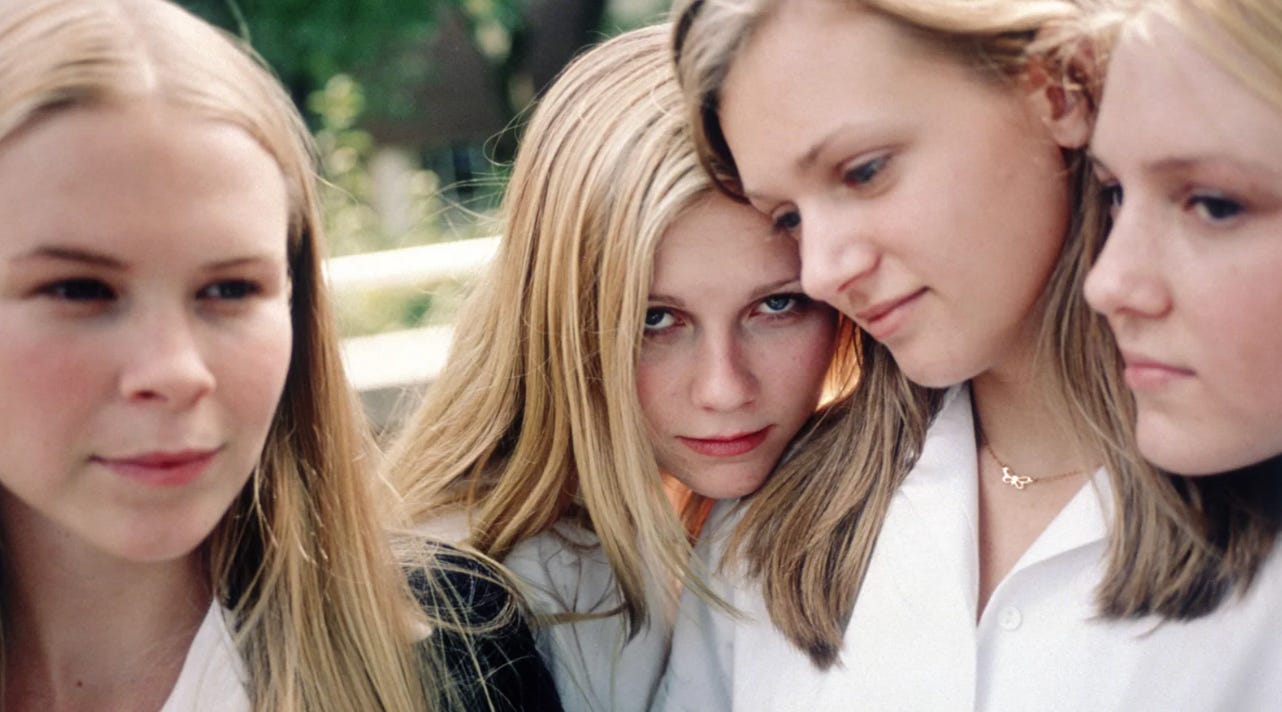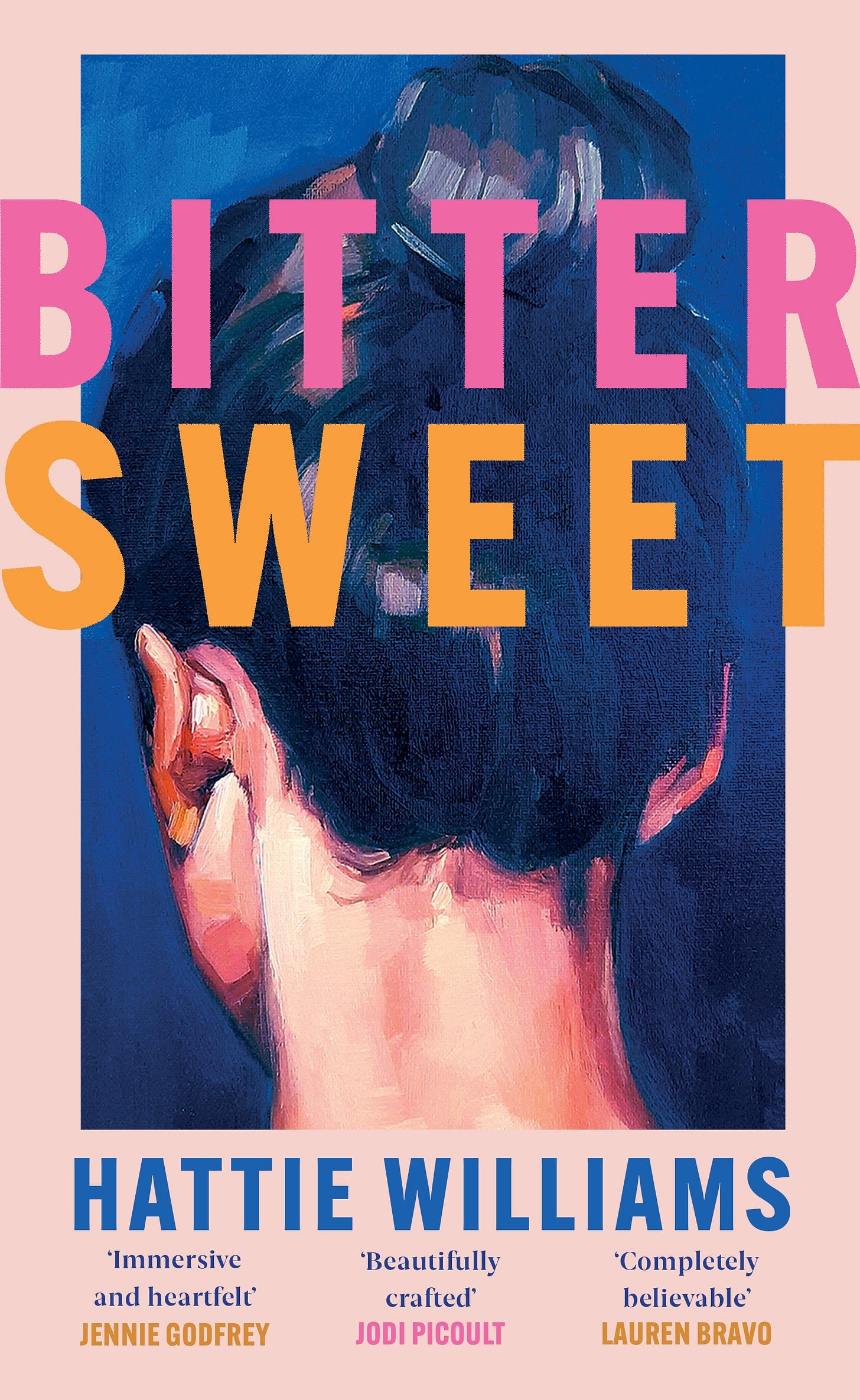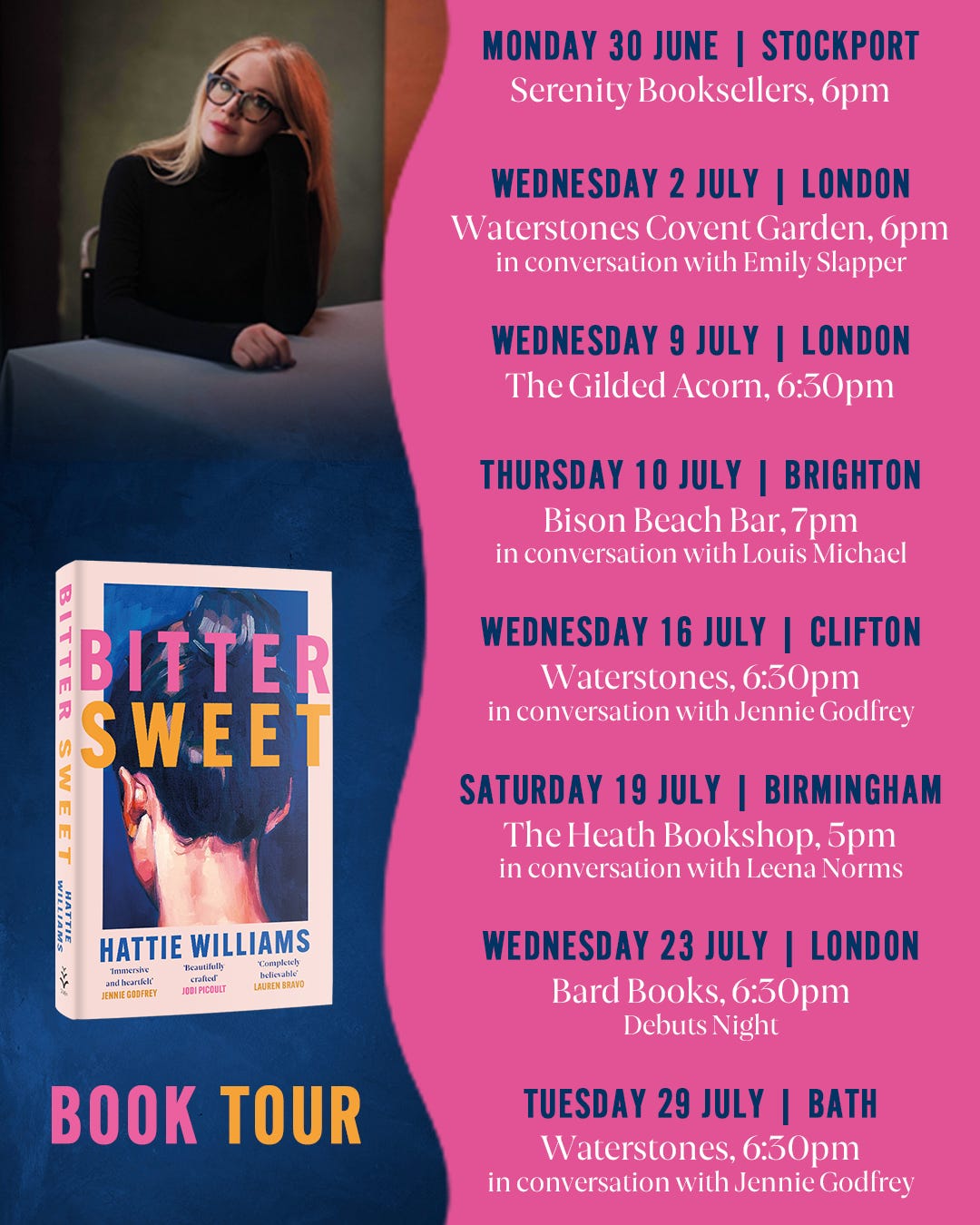I used the word sad in a conversation with a friend last week. I was describing my late teens and early twenties, telling him for the first time about the things that happened to me. I have already written about this, and the grief that mercilessly ate these years of my life like some horrible, fairytale wolf. We all give our lives a narrative, and when explaining who I am, I talk about this period because it defined everything to come. It is what I call in Bitter Sweet a ‘before and after moment’. It was a definitively sad time.
The conversation prompted a long discussion on the word sad. His feeling was that it was a reductive word, overly simplistic, and that there are far better words with much more nuance that are much more effective and refined. Melancholy was one. I love the word melancholy, but I held fast to sad because it does a job that no other word can do.
I use sad more than ever before. I also think about language more than ever before. Maybe it is writing as much as I write, maybe it is having a kid. As she learns about language and emotion and how to link the two things, which is an absolutely essential skill that needs to be nurtured even at two, we often use words like sad, happy, angry, sorry. Tired and hungry come up a lot, too, as do grumpy and frustrated because – well. Have you ever met a two-year-old?
But rather than seeing these words as reductive (or even infantilising) to me these are the useful, primary emotions just as red, yellow and blue are the primary colours. We need a mix of them to make all other colours in the spectrum of light. Blue is, incidentally, my favourite colour.
Maybe happy and sad are, alongside love and hate and hope and fear, among the most elemental words we have because they are the most elemental emotions we have. They are all encompassing, they are pure, and like all binaries, they probably don’t really exist.
Happy, to me, is much more complex than sad. Pure happiness is rare. We may only really feel it for a few moments in our lifetime; humans are generally quite anxious creatures, and when we feel happiness it is usually very fleeting because a worry about its impermanence can undo it very quickly. You realise that it probably isn’t going to last very long, and that immediately undermines it, and poof — gone. A Catch 22.
But sad is different. Sadness and sorrow (sorrow being another very beautiful and essential word and one that is inseparable from sad) is, in my mind, much more than melancholy. It is intrinsic to being human. To be clear, I am not talking about depression, which is something more ugly and severe; an abject and extreme state of sadness that manifests physically as well as emotionally. Although what’s really the difference? Emotions are a physical. They are produced in, and by, our squashy pink insides. The separation of mind and body is wild to me. It always has been. We’re just clever meat.
Melancholy, as I said to my friend, is more of a mood, a tone, a colour. Sadness is deep and profound. But can also be soft, and useful, and even pleasant. (All emotions can be useful if we listen to them.) Sadness is variable, too. When my kid is really feeling poorly, she is sad, because she doesn’t understand that the feeling in her body is almost certainly impermanent. When I see, for the first time in years, the name of my dead friend in my phone contacts, as happened this week, I am sad, and I know that the feeling I have about him is permanent, because he is dead. But this is distinctly different from melancholy.
When I looked up sad this week, I was surprised to find that most definitions are simply ‘unhappy’. It is only described in terms of its polarity, which is weird to me because sadness is not an emptiness defined by its lack of anything. It is enormous and complete. But I don’t know how I would effectively describe it for a dictionary, either.
Sad Girl Theory has probably impacted how we use the word sad, especially on the internet and in terms of our creative and digital and consumer identities. It has given women some ownership of sadness. To be a Sad Girl is a tiny rebellion against the smiles that we are told make us look much prettier. It shows us to be clever, and in touch with the pain in the world, with our deeper selves. Sad Girls are complicated women. It has also given sadness some irreverence, which I appreciate. Lana Del Ray has a whole song about it, taking it on in a very beautiful way.
But Sad Girl fiction, a term I’m not sure I like but sometimes use regardless, can be used to reduce the experience of women writers, taking our sadness and turning it into a cutesy female trope representing a ‘certain kind of femininity’. This is really fucking annoying. No one calls books about Sad Boys written by Sad Boys ‘Sad Boy fiction’. They call it literary fiction. And we all know it.
When I think back on the art, music, films, TV shows and books I most love, it is always female sadness that is most compelling to me. I mentioned last week that Ted Hughes’ The Iron Man was the book that set the tone for all of the art I would go on to love but I failed to mention the 1996 sequel, The Iron Woman. Esther in The Bell Jar, the unnamed narrator in My Year of Rest and Relaxation, Marianne in Normal People, Iris in Everyone I Know Is Dying. Fleabag, Faye in Euphoria, Yasmin in Industry, Hannah in Girls. My personal favourite; Buffy, when Angel turns bad. The sisters in The Virgin Suicides and Charlotte in Lost in Translation. Actually, almost every female lead in every Sophia Coppola and Greta Gerwig movie, especially Barbie — there has never been a sadder girl than Barbie. Ethel Cain, Chelsea Wolfe, Imogen Heap, Lorde, Self Esteem, Mitski, Phoebe Bridgers. . . All excellent Sad Girls, and all girls I can relate to. This is not reductive. They tell me something about myself. Sorrow in art makes a beautiful mirror.
Sadness is something that we need to feel less alone in, because whilst it isn’t always completely unpleasant, it can be an isolating emotion and this is why art is so important. Sharing in sorrow is beautiful and connecting. That strange and sometimes euphoric comfort and closeness you feel at a funeral as you cry with someone about the person you have both lost is why funerals are so important for the living. I loathe the companies that are praying on older people, selling their no-funeral-no-fuss-death-packages under the guise of saving people’s loved ones money and effort. Funerals are not for the dead. Funerals are an extremely important part of the grieving process. They don’t have to sombre and dreary, but they are a ritual that has existed for millennia because death is such a head fuck, not mark it properly makes it almost impossible to feel any sense of the permanent, very final, very inevitable and very fucking sad ending awaiting us all.
So here we are, examining this extraordinary word that we teach our children while we are still trying desperately to protect them from the sad, bad world. Three little letters, like cat and dog and God and mum and dad. Sad. One of the most useful words that we have, and, in my mind at least, one of the most precise and articulate.
Sorry, friend. But I am right. I am always right.
YIKES. Only a little over three weeks until my debut novel Bitter Sweet is published on July 3rd in the UK and Commonwealth/July 8th in the US. You can find out more about it and me HERE. Pre-ordering is the single biggest way you can support an author. I will be eternally grateful!
BIG FEELINGS RECOMMENDS
What have I been doing this last week?! A lot of pre-publication panicking. But also…
My favourite songwriter Matt Berninger (of The National) released his solo album Get Sunk and I am obsessed. No one writes sadder songs.
I’ve also totally fallen for CMAT, along with the rest of the world.
I’m going to Los Angeles soon so I’ve been upping my SPF game significantly with Bondi Sands everything.
I had a really good rose margarita in Renegade Urban Winery in Walthamstow.
Prepping for my UK book tour across June and July - full details HERE.








Thank you for this wiseness